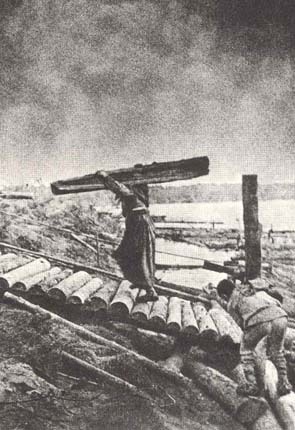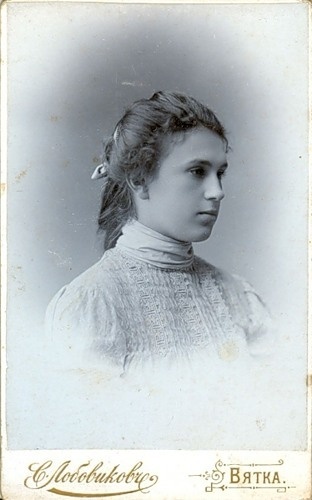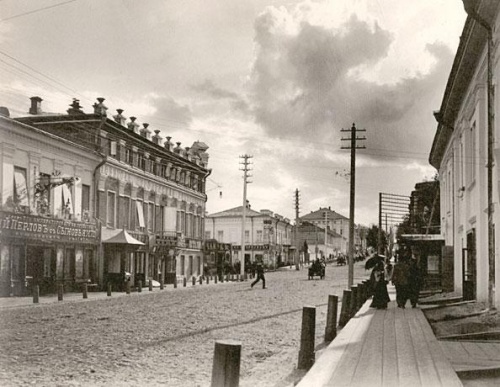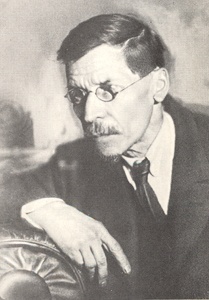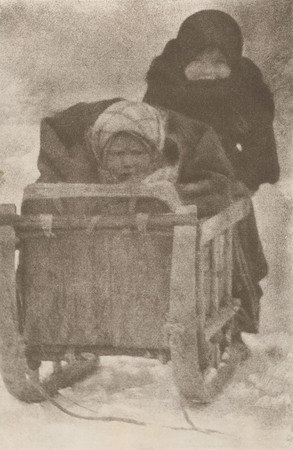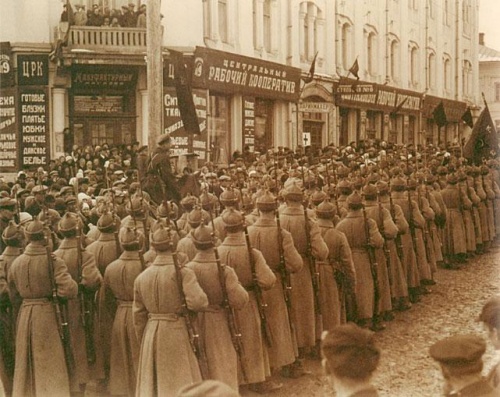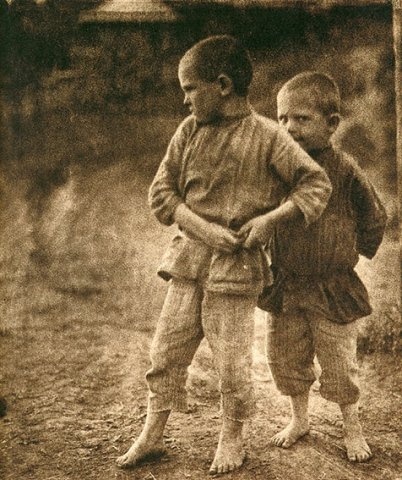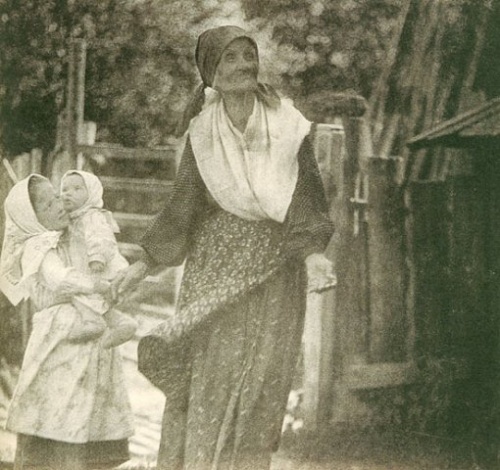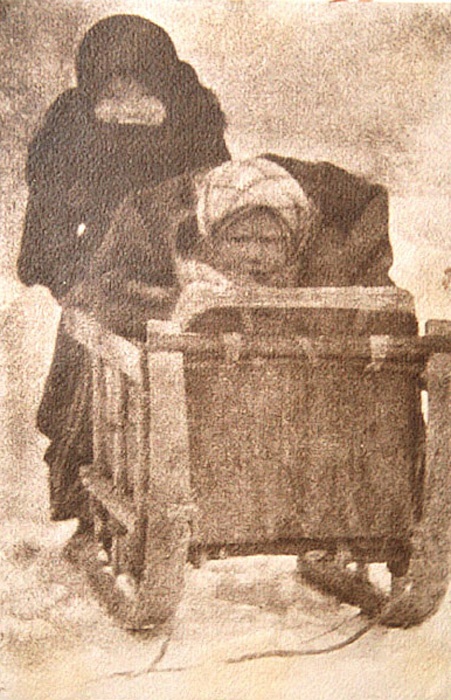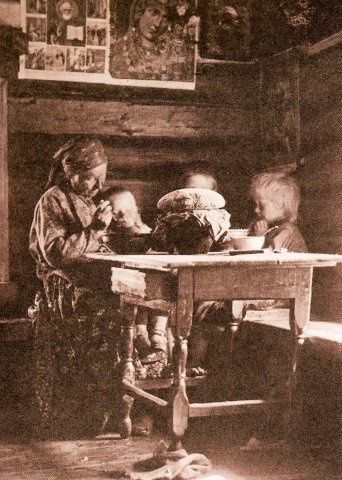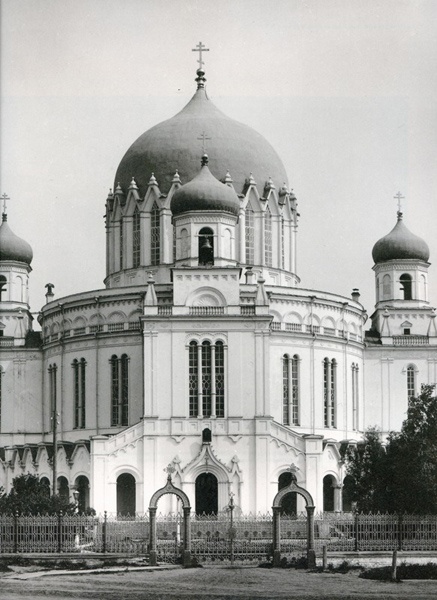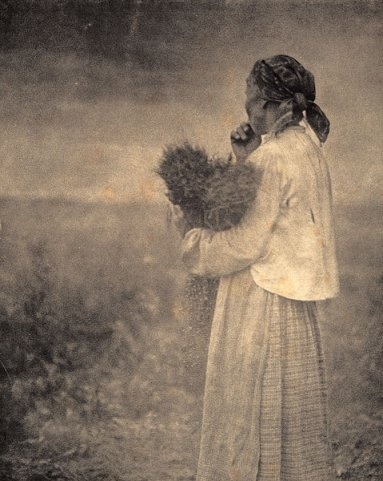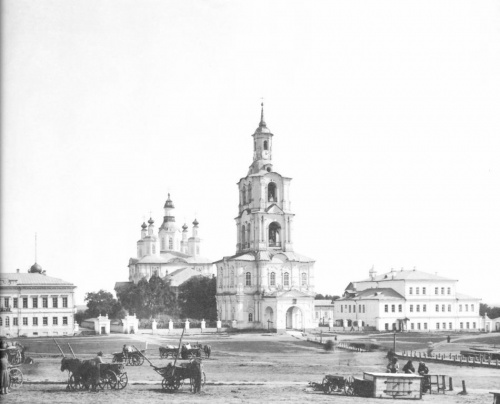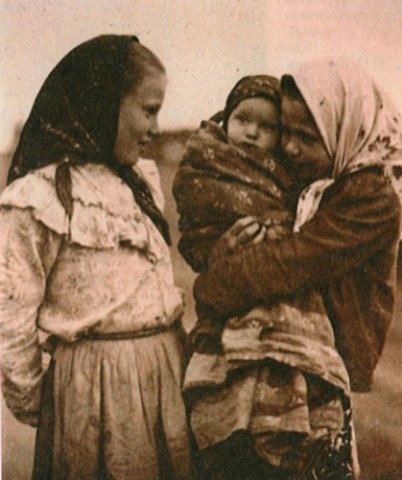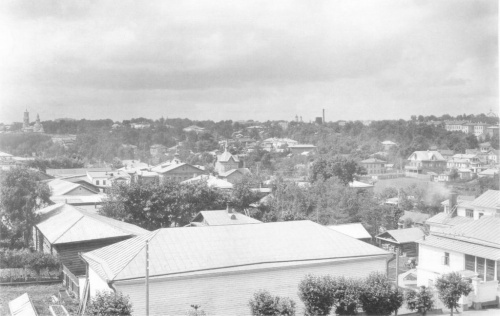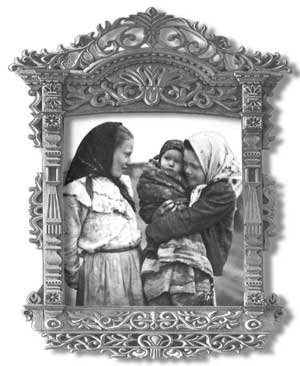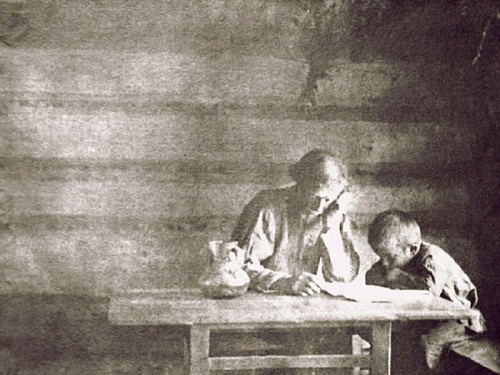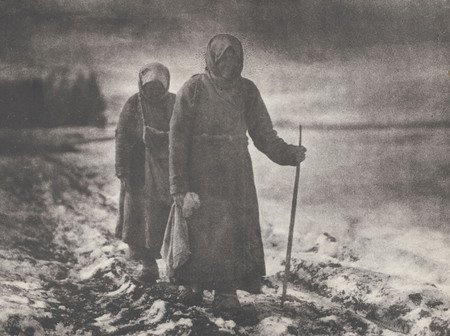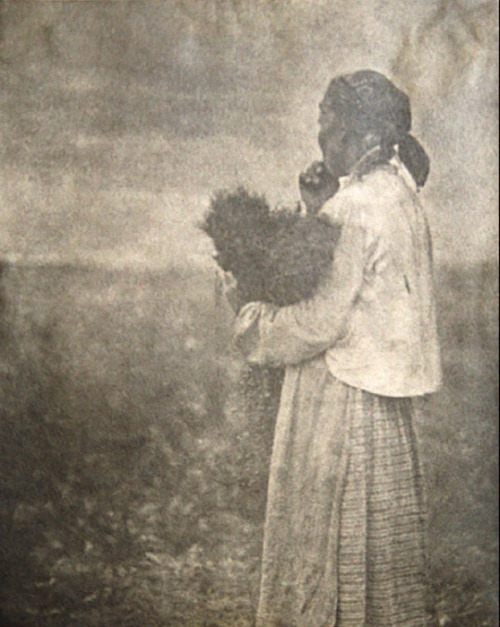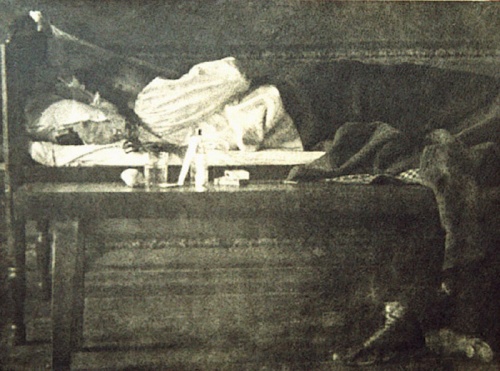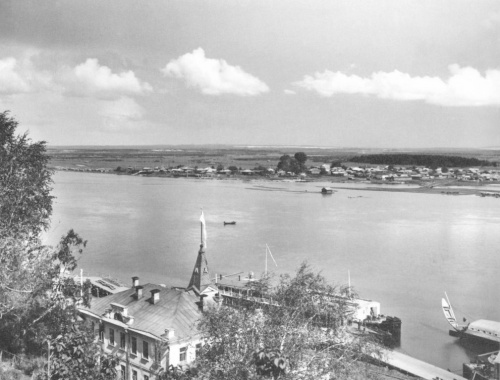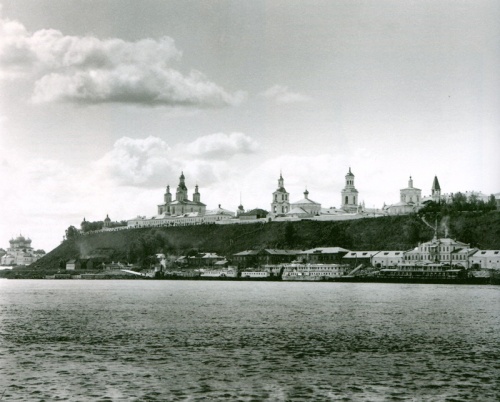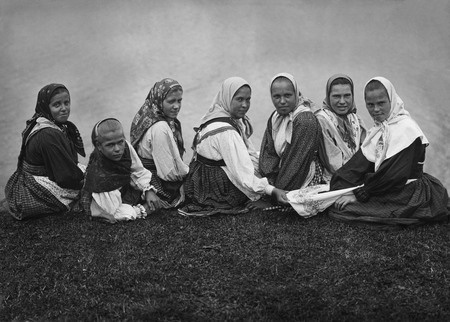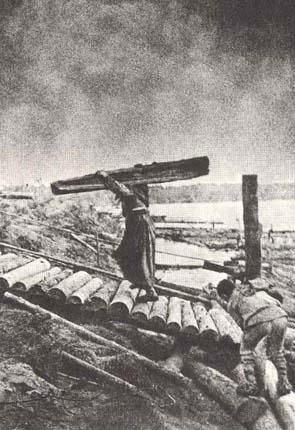Photographer Sergei Lobovikov (June 19, 1870, Belaya village, Vyatka province - 1941, Leningrad) (46 photos)
Разрешение картинок от 209x300px до 1009x768px
The term “pictorial” photography comes from the English word pictorial, which means “picturesque” and is essentially a type of art photography from the times of impressionism and modernism. Pictorialist masters, through the play of light and shadow, coupled with unique photographic printing methods, accomplished metamorphoses, as a result of which ordinary photographs became more like a drawing or engraving. It is noteworthy that photo artists mainly embellished actual reality, but pictorialism has nothing to do with realism and these concepts cannot be mixed.
Self-portrait 1908
Sergei Lobovikov (1928, Moscow, Nappelbaum workshop)
Against the general background of photographic artists of the early twentieth century, the outstanding Russian master Sergei Lobovikov stood out clearly, who never sold and, with rare exceptions, gave away his genre photographs of peasant life, believing that his creative heritage in the genre of pictorialism should be preserved in his homeland - in Vyatka. Having received numerous awards for participation in international exhibitions, he was a corresponding member of the Society for the Development of Photography in Dresden and in 1910, Sergei Lobovikov was awarded the title of honorary member of the London Photographic Salon.
In those distant times, both in Europe and America, exhibitions of pictorial photographs produced using the “noble print” method enjoyed enormous, ever-increasing popularity. And this is not surprising, because such works looked more like paintings by venerable surrealist artists.
For quite a long time, no one paid much attention to Russian pictorialism as a phenomenon. The photographers who created real works of photographic art in a romantic and mystical style, in which the high spirituality of the Russian soul was glorified, also did not receive recognition.
It never occurred to any of the famous Russian photographers at that time that a simple Russian man, from Vyatka, far from the center of Russia, Sergei Aleksandrovich Lobovikov, would be able to provide real, unsurpassed competition to the vaunted Western masters.
“I’m a man’s photographer!” – this is exactly the epithet that Sergei Alexandrovich used to describe himself. And reflecting the everyday life of the Russian peasantry in his series of photographic works, he more than once achieved crushing victories, taking part in international exhibitions held in Moscow and St. Petersburg, Nice and Kyiv, Budapest, Dresden and Hamburg. True romantics of the photographic process worked to create expressive portraits, including representatives of various social strata of the multifaceted Russian society of the late nineteenth and early twentieth centuries, and the masters did not neglect the characteristic Russian landscapes and the depiction of naked bodies. The nudes of Russian photographers, thanks to amazing compositions using the effects of light and shadow, have gained unsurpassed success among viewers.
But in 1935, pictorial photography was persecuted by the ideologists of communist morality. This genre was accused of promoting the bourgeois way of life, as a result of which artistic pictorial photography in the USSR was vetoed from publications and exhibitions, and it was crossed out of the sight of fans for a long time. Only a small fraction of its former glory has been preserved in the form of negatives and original prints of the pioneers of Russian pictorealism, and even then, mainly in private collections and the storerooms of provincial museums.
The master’s wish came true, and Sergei Lobovikov left his native Vyatka a priceless legacy as an author’s collection, a unique photographic activity, refusing to sell and donate his works at the dawn of his victorious march around the world, before leaving for Leningrad, where he worked since 1934 in the photo-film laboratory at the USSR Academy of Sciences, performing macro- and micro-photography on orders from the Botanical Institute and other scientific research institutes of the USSR Academy of Sciences, until November 1941 - the life of an outstanding master was cut short during the hard times of war.
